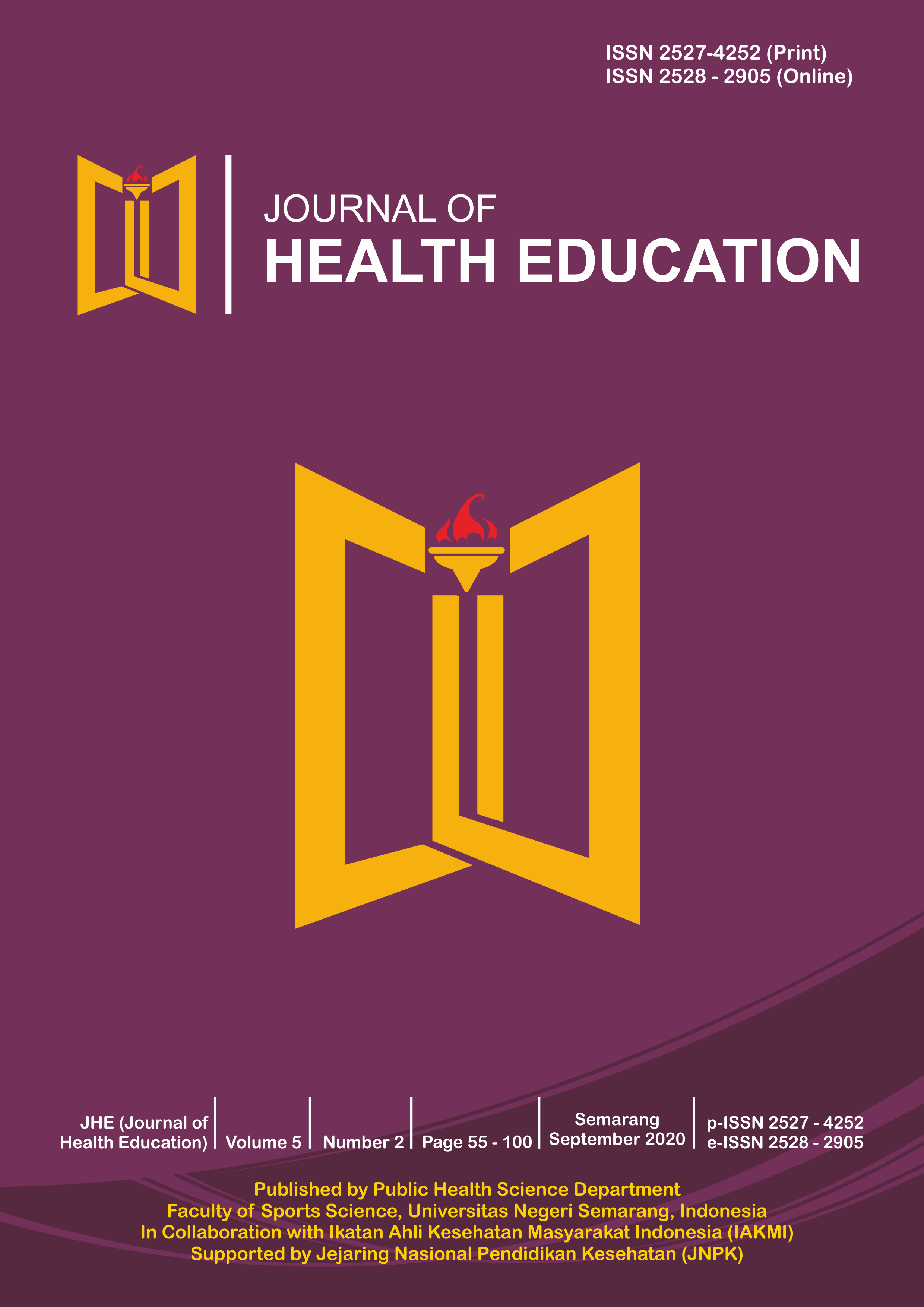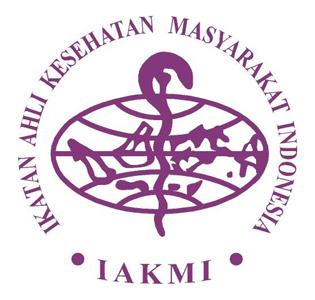The The Effectiveness of Safety Talk and Peer as Change Agent Methods on Clean and Healthy Living Behaviour (PHBS) Based on The Health Promotion Model for Workers in Construction Services
Abstract
Background: The work environment of construction service companies in Indonesia is still not implementing Clean and Healthy Living Behavior (PHBS). The study aimed to evaluate the effectiveness of health promotion on PHBS in construction workers.
Methods: This study used quasi-experimental with Pretest-Posttest Only Control Group Design. The sample consisted of 1 control group and 2 intervention groups, each with 63 samples taken using purposive sampling. The intervention was in the form of health promotion on PHBS with safety talk and peer as change agent methods for 21 days. Data analysis used Kolmogorov-Smirnov test for univariate analysis, Wilcoxon Signed Ranks Test and Mann Whitney for bivariate analysis, and Manova test for multivariate analysis.
Results: The results of the t-test showed a significant difference between PHBS with the health promotion model approach before the intervention between the safety talk and peer as change agent groups and the control group with a p value <0.05. The effectiveness test showed a difference in effectiveness between the safety talk method and peer as change agent on workers' PHBS with a health promotion model approach (P < 0.05).
Conclusion: The safety talk method is more effective in improving perceptions of benefits, barriers, self-ability, attitudes towards PHBS activities, interpersonal influences, situations, and commitment to PHBS action plans compared to the peer as change agent method. However, the peer as change agent method is more effective in improving worker behavior compared to the safety talk method.






